Wiener Schnitzel, a classic Austrian dish, is a thin breaded and fried cutlet of veal, although pork, chicken, or turkey is sometimes used as a substitute. Its crispy golden crust and tender interior make it a popular dish worldwide. While Wiener Schnitzel is undeniably delicious, its nutritional value varies depending on the type of meat used, cooking methods, and accompanying sides. This essay examines the nutritional profile of Wiener Schnitzel, focusing on its protein content, fats, carbohydrates, vitamins, minerals, and considerations for a balanced diet.
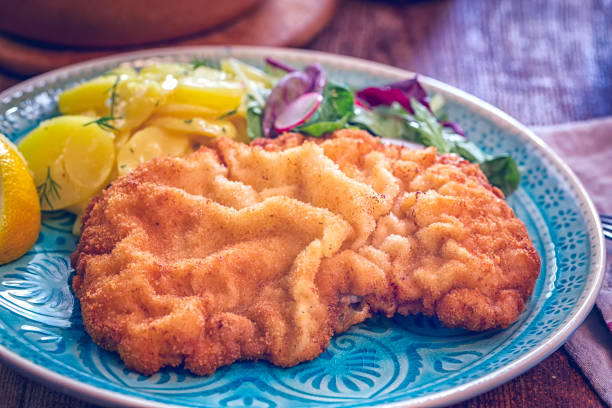
One of the main nutritional benefits of Wiener Schnitzel is its high protein content. Veal, the traditional Schnitzel, a classic Austrian dish, is cherished worldwide for its crispy and golden exterior paired with tender meat inside used in the dish, is an excellent source of high-quality protein, which is essential for muscle repair, growth, and overall bodily function. A typical serving of Wiener Schnitzel (about 150 grams) provides approximately 20–30 grams of protein.For variations made with pork, chicken, or turkey, the protein content remains similar, although the fat content may vary depending on the type of meat used. Chicken and turkey versions, for example, tend to be leaner, offering a healthier alternative while maintaining a high protein level.

The fat content of Wiener Schnitzel primarily comes from the frying process and the type of meat used. Veal and pork are relatively moderate in fat content, while chicken and turkey are leaner options. However, the breading and frying in oil significantly increase the fat content of the dish.A traditional serving of Wiener Schnitzel can contain 10–20 grams of fat, depending on the cooking oil and method used. While some fat is necessary for energy and nutrient absorption, excessive consumption of saturated and trans fats can raise cholesterol levels and increase the risk of heart disease. Using healthier oils, such as olive or avocado oil, and shallow frying or baking the schnitzel can help reduce unhealthy fat content.
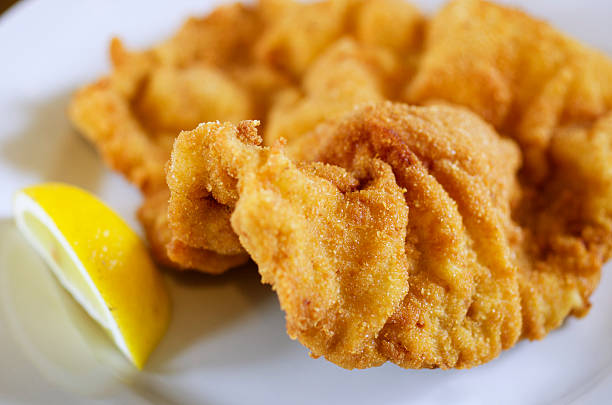
The breading on Wiener Schnitzel adds a moderate amount of carbohydrates to the dish. Typically made with breadcrumbs and flour, the breading contributes to the crispy texture and appealing flavor of the schnitzel. A single serving of Wiener Schnitzel contains about 15–20 grams of carbohydrates, depending on the thickness of the breading.While these carbohydrates provide quick energy, they are primarily refined carbs with little fiber content. To make the dish more nutritious, whole-grain breadcrumbs can be used to increase dietary fiber, which aids digestion and helps regulate blood sugar levels.

Wiener Schnitzel offers a range of essential vitamins and minerals, particularly from the veal or other meats used:Iron: Veal is a good source of heme iron, which is easily absorbed by the body. Iron is crucial for oxygen transport in the blood and preventing anemia.Zinc: Present in veal, pork, and chicken, zinc supports immune function, wound healing, and cellular metabolism.B Vitamins: Wiener Schnitzel provides several B vitamins, including vitamin B12, which is important for red blood cell production and nerve function, and niacin (B3), which supports energy metabolism.Phosphorus: Found in all types of meat used in Schnitzel, phosphorus is essential for strong bones and teeth, as well as energy production.The breading and frying process may slightly reduce the nutrient density of the meat, but overall, the dish remains a good source of these essential nutrients.
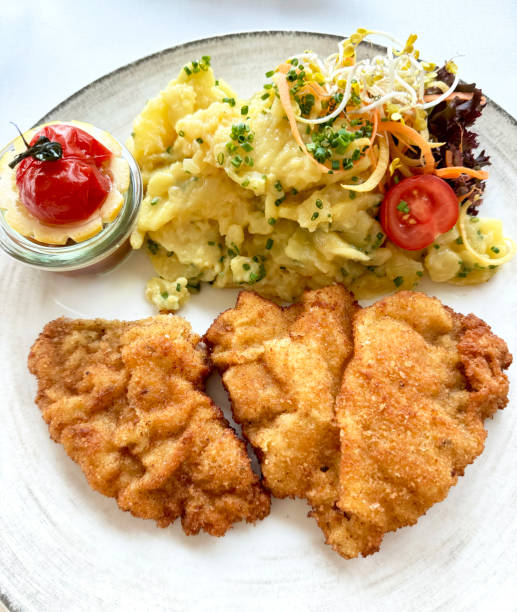
Wiener Schnitzel is a calorie-dense dish, with a single serving containing between 400 and 600 calories, depending on the type of meat, breading, and cooking oil used. The breading and frying process significantly contribute to the calorie count. For individuals managing their calorie intake, using leaner cuts of meat, reducing the thickness of the breading, and opting for baking instead of frying can make the dish lighter while retaining its flavor.

Wiener Schnitzel is often served with side dishes such as potatoes, rice, salads, or vegetables. These accompaniments can influence the overall nutritional value of the meal:Potatoes or French Fries: These are common side dishes but can add significant calories and fats, especially if fried. Boiled or roasted potatoes are a healthier alternative.Salads or Vegetables: Adding a fresh green salad or steamed vegetables can increase the fiber, vitamins, and minerals in the meal, making it more balanced and nutritious.Rice: While rice provides carbohydrates for energy, opting for brown or wild rice can increase fiber and nutrient content.

While Wiener Schnitzel is a delicious and protein-rich dish, it is important to enjoy it in moderation due to its fat and calorie content.
Making a few modifications can enhance its nutritional profile:
1. Use lean cuts of meat: Chicken or turkey offers a lower-fat alternative to veal or pork.
2. Choose whole-grain breadcrumbs: This increases the fiber content of the dish.
3. Opt for healthier cooking methods: Baking or air frying instead of deep frying reduces unhealthy fats and calories.
4. Pair with nutrient-dense sides: A fresh salad or steamed vegetables can complement the dish and provide additional vitamins and minerals.
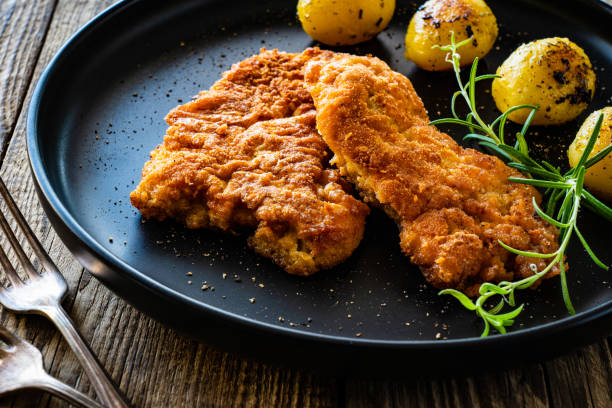
Wiener Schnitzel is a flavorful and protein-rich dish that offers several essential vitamins and minerals. However, its traditional preparation method, involving breading and frying, makes it calorie-dense and high in fats. By making thoughtful substitutions and pairing it with healthy sides, Wiener Schnitzel can be enjoyed as part of a balanced diet. Its cultural significance and versatility make it a cherished dish that can be adapted to suit a variety of dietary preferences and needs.

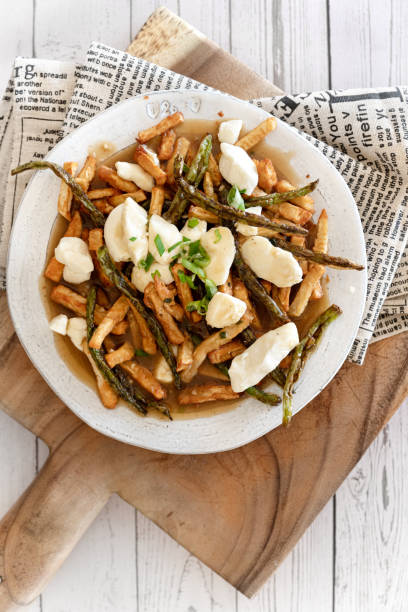

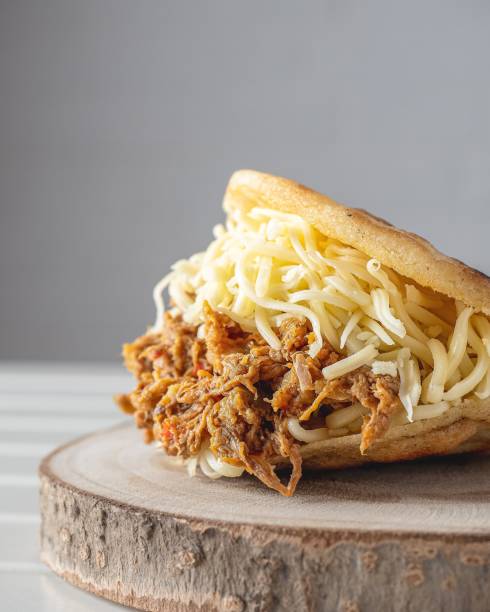
Great breakdown! It’s fascinating how platforms like AI Tools streamline the search for practical AI solutions. Definitely a time-saver for professionals and innovators.
https://shorturl.fm/Yf5FB
https://shorturl.fm/SnPna
https://shorturl.fm/Jaay7
https://shorturl.fm/iSjB8
https://shorturl.fm/ZmiSh
https://shorturl.fm/OtMZa
https://shorturl.fm/9Brl2
https://shorturl.fm/iIGyd
https://shorturl.fm/XxNaQ
https://shorturl.fm/uG3sG
https://shorturl.fm/ei5KK
https://shorturl.fm/cn28h
https://shorturl.fm/tNOhR
https://shorturl.fm/o1cuA
https://shorturl.fm/CXvi1
https://shorturl.fm/UwnZK
https://shorturl.fm/dO5MY
https://shorturl.fm/mGrhx
https://shorturl.fm/aCvI2
https://shorturl.fm/pne4w
https://shorturl.fm/0XK98
https://shorturl.fm/2gIY7
https://shorturl.fm/D16Xp
https://shorturl.fm/TSE8l
https://shorturl.fm/cNuNp